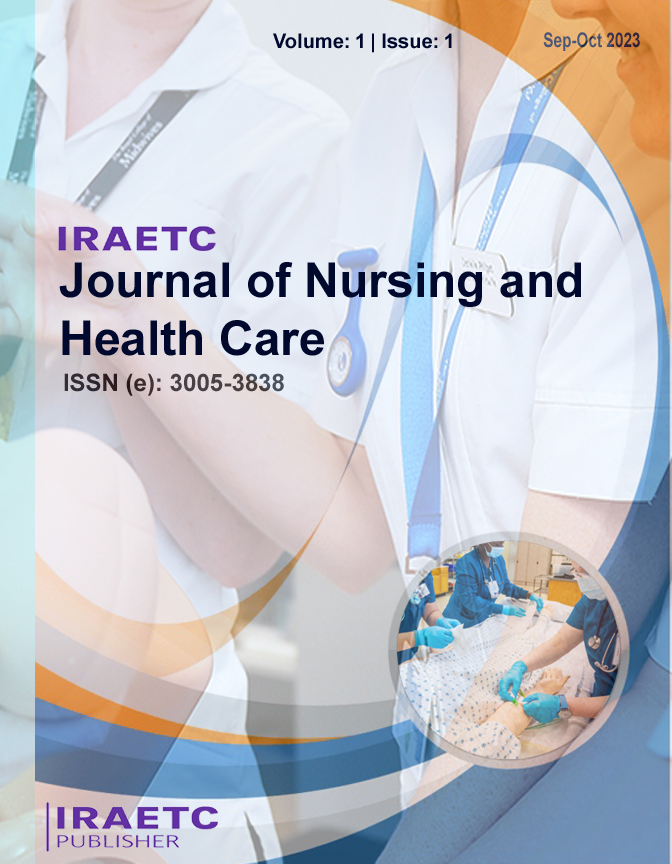| Nurses' Knowledge on Mode of Transmission and Prevention of Sexual Transmitted Diseases (STDs) in Rajshahi Medical College Hospital |
| Khairul Islam |
| DOI: https://doi.org/10.62469/ijnhc.v01i02.003 |
| Pdf Download |
Background: Sexually transmitted diseases (STDs) remain a significant public health concern worldwide. Adequate knowledge among healthcare professionals, particularly nurses, is vital for effective prevention and control. This study assesses the knowledge of nurses regarding the mode of transmission and prevention of STDs at Rajshahi Medical College Hospital, a tertiary-level teaching hospital in Bangladesh. Objective: Aims to assess their awareness of STD types, transmission modes, risk factors, and preventive measures. Methods: The cross-sectional study was conducted at Rajshahi Medical College Hospital over a six-month period from January to June 2015. The research involved a diverse group of nurses with varying ages, qualifications, and years of service. Data were collected through structured interviews and questionnaires. Descriptive statistics were used to analyze the responses. Results: The findings indicate a high level of awareness among nurses regarding STDs. All respondents were aware of the concept of occupational hazards, the various types of STDs, their modes of transmission, and associated risk factors. Notably, 100% of respondents had knowledge of HIV/AIDS, while 92% were informed about Hepatitis B&C. However, awareness levels varied for other diseases, with 24% for Tuberculosis, 36% for Meningitis, and 12% for Malaria. The predominant mode of transmission recognized was sexual activities (100%), followed by cuts from surgical instruments (80%). Other modes of transmission, such as through bed making, wearing cloth, and masturbation, were considered negligible. Conclusion: This knowledge is crucial in their role as registered nurse with healthcare providers, although continuous education and updates are essential to ensure ongoing effectiveness in STD prevention and management.

